Discover the incredible advantages of using AI tools in various industries. Explore how AI is revolutionizing businesses and enhancing productivity. Learn more about the potential of AI tools and how they can benefit your organization.
Artificial Intelligence (AI) has become a driving force in today’s technological advancements. From virtual assistants to smart home devices, AI tools are revolutionizing the way we live and work. In this article, we will delve into the remarkable benefits of AI tools across different industries and explore their potential to enhance productivity, efficiency, and decision-making processes.
The Power of AI Tools in Healthcare
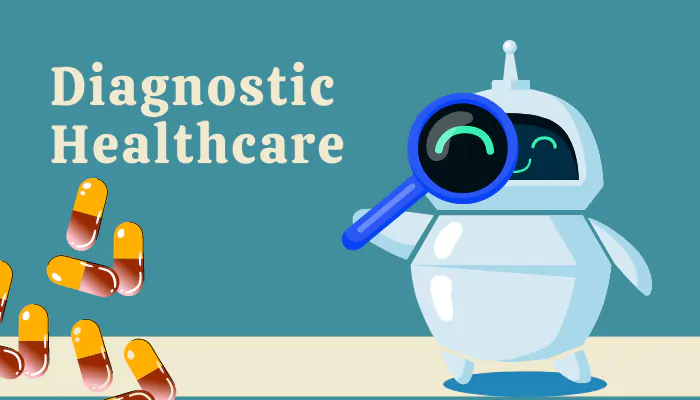
AI tools have the potential to transform the healthcare industry, improving patient care and revolutionizing medical research. Here are some key benefits of AI tools in healthcare:
Streamlining Diagnosis and Treatment:
- AI algorithms can analyze large amounts of patient data, aiding in accurate diagnoses and suggesting optimal treatment plans.
- Machine learning algorithms can detect patterns in medical images, such as X-rays and MRIs, assisting radiologists in identifying potential abnormalities.
Predictive Analytics for Early Detection:
- AI tools can predict disease progression and identify high-risk individuals, allowing for early intervention and preventive measures.
- Machine learning models can analyze vast datasets to identify patterns and trends that may go unnoticed by human observers.
Virtual Healthcare Assistants:
- Virtual healthcare assistants powered by AI can provide personalized care and support to patients, answering common medical questions and assisting in medication management.
- These assistants can also collect patient data remotely, allowing healthcare professionals to monitor and intervene when necessary.
AI Tools in Business and Marketing
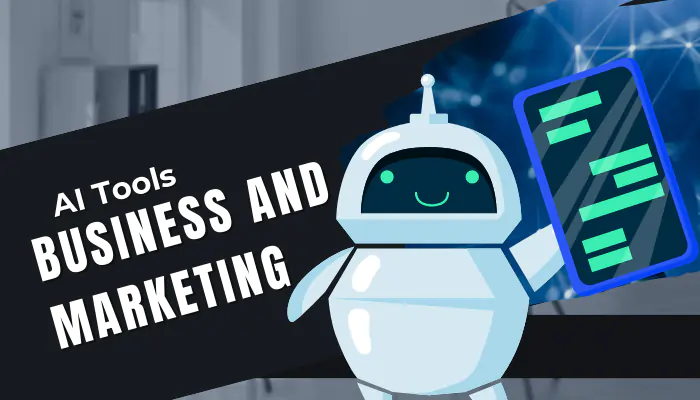
AI tools are reshaping the business landscape, enabling organizations to make data-driven decisions and gain a competitive edge. Here are some ways AI is benefiting businesses:
Automating Repetitive Tasks:
- AI-powered automation tools can handle mundane and repetitive tasks, freeing up human resources for more strategic and creative endeavors.
- Chatbots can automate customer support, providing instant responses to inquiries and improving customer satisfaction.
Enhancing Customer Insights:
- AI algorithms can analyze customer data, enabling businesses to gain valuable insights into customer preferences, behavior, and purchasing patterns.
- Personalized recommendations based on AI-driven insights can significantly improve customer engagement and sales.
Optimizing Supply Chain and Inventory Management:
- AI tools can predict demand patterns, optimize inventory levels, and reduce wastage.
- Machine learning algorithms can analyze historical data to identify potential bottlenecks and streamline supply chain operations.
AI Tools in Education
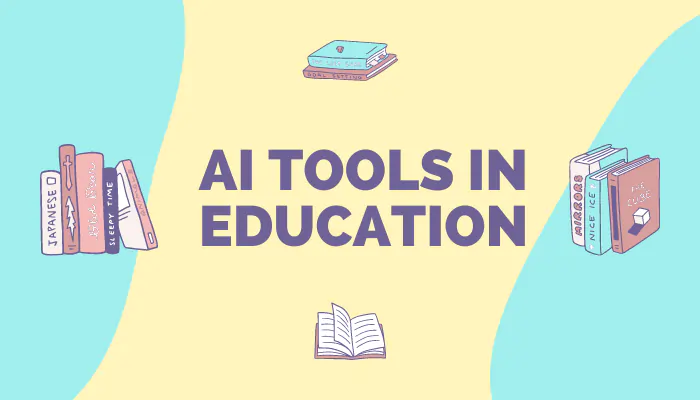
The integration of AI tools in education is transforming the way students learn and educators teach. Here are some benefits of AI tools in the education sector:
- Personalized Learning Experience:
- AI-powered adaptive learning platforms can tailor educational content to individual student’s needs and learning styles, enhancing engagement and knowledge retention.
- Intelligent tutoring systems can provide personalized feedback and guidance to students, facilitating their learning progress.
- Automated Grading and Feedback:
- AI tools can automate the grading process, providing timely and objective feedback to students.
- This saves educators valuable time, allowing them to focus on more interactive and meaningful aspects of teaching.
- Identifying Learning Gaps and Intervention:
- AI algorithms can analyze student performance data, identifying areas where students may be struggling or falling behind.
- Educators can then intervene promptly, providing targeted support to bridge learning gaps.
AI Tools in Programming
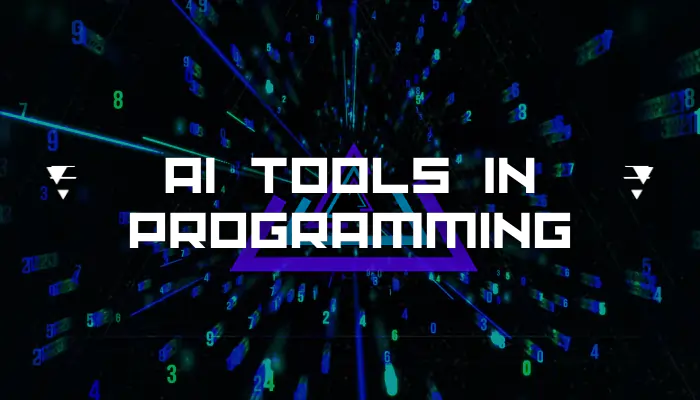
AI tools have also made a significant impact on the field of programming, simplifying and optimizing various aspects of software development. Here’s how AI tools are benefiting programmers:
1. AI Tools for Code Generation:
- AI-powered code generation tools can assist programmers in writing code more efficiently. These tools analyze existing codebases, understand patterns, and generate code snippets or even entire functions based on given requirements. This saves time and reduces the likelihood of errors.
2. AI Tools for Debugging and Testing:
- AI tools can help programmers identify and fix bugs in their code. These tools use machine learning algorithms to analyze code and identify potential issues or vulnerabilities. They can also automatically generate test cases and evaluate the code’s performance, enhancing the reliability and quality of software.
3. AI Tools for Natural Language Processing:
- Natural language processing (NLP) is a field of AI that focuses on understanding and processing human language. AI-powered NLP tools can assist programmers in tasks like code documentation, code summarization, and even providing code suggestions based on natural language queries. This improves collaboration, readability, and comprehension of code.
4. AI Tools for Code Optimization:
- AI tools can analyze code and identify areas where optimizations can be made. These tools can suggest alternative algorithms, data structures, or code refactoring techniques to improve performance, reduce memory usage, or enhance scalability. By leveraging AI-powered code optimization tools, programmers can develop more efficient and robust software solutions.
Incorporating AI tools into the programming workflow empowers developers to write better code, improve productivity, and overcome common challenges in software development. As AI continues to advance, we can expect even more sophisticated tools that will revolutionize the way programmers create and maintain software systems.
AI Tools in Graphic Design
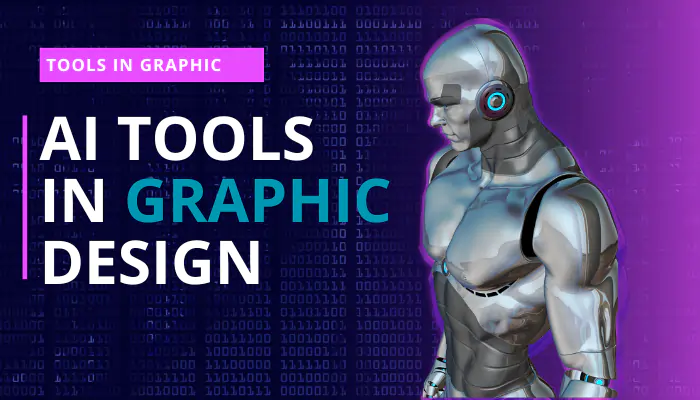
AI tools have revolutionized the field of graphic design, empowering designers with powerful capabilities to create stunning visuals and streamline their workflow. Here’s how AI tools are transforming graphic design:
1. Automated Design Creation:
- AI-powered design tools can generate designs automatically based on user inputs and preferences. These tools use algorithms to analyze design trends, colors, and typography, allowing designers to quickly generate multiple design options and explore creative possibilities.
2. Image Editing and Enhancement:
- AI tools can intelligently analyze and manipulate images, allowing designers to enhance and retouch photographs with ease. These tools can automatically adjust colors, remove blemishes, and apply artistic effects, saving designers valuable time and effort.
3. Smart Object Removal and Manipulation:
- AI-powered tools can identify and remove unwanted objects from images seamlessly. Whether it’s removing an unwanted person from a group photo or erasing distracting elements from a scene, AI tools make object removal and manipulation tasks more efficient and accurate.
4. Font Recognition and Pairing:
- AI tools can analyze and identify fonts used in images or designs, making it easier for designers to match or pair fonts for consistency and visual harmony. These tools can suggest font combinations that work well together, helping designers create cohesive and visually appealing typography.
5. Design Assistance and Inspiration:
- AI tools can provide designers with inspiration and guidance. They can analyze existing design patterns, styles, and trends, and offer recommendations or suggestions to help designers explore new directions or refine their designs.
By leveraging AI tools in graphic design, designers can unlock new levels of creativity, enhance productivity, and deliver visually captivating designs. As AI continues to advance, we can expect even more sophisticated tools that will push the boundaries of graphic design and empower designers to achieve their artistic visions.
Frequently Asked Questions
AI tools, like any technology, come with certain risks. These include potential biases in algorithms, data privacy concerns, and job displacement. However, with proper governance and ethical considerations, these risks can be mitigated.
No, AI tools can benefit organizations of all sizes. Many AI solutions are scalable and customizable to meet the specific needs and budgets of different businesses.
While AI tools can automate certain tasks, they are not designed to replace human workers entirely. Instead, they augment human capabilities and enable humans to focus on higher-value activities that require creativity, empathy, and critical thinking.
AI tools can analyze large volumes of data quickly and efficiently, uncovering patterns, correlations, and insights that may be challenging for humans to identify. This can inform better decision-making and drive business growth.
Various industries can benefit from AI tools, including healthcare, finance, retail, manufacturing, and transportation. AI has the potential to improve processes, optimize operations, and deliver enhanced services across diverse sectors.
AI tools can accelerate scientific research by analyzing vast amounts of data, identifying patterns, and generating hypotheses. They can also simulate complex scenarios, aiding in the development of new drugs, materials, and technologies.
Conclusion
The benefits of AI tools are vast and far-reaching. From healthcare to business and education, AI is transforming industries and driving innovation. By harnessing the power of AI, organizations can enhance productivity, make more informed decisions, and provide better services to customers and users. While AI comes with its own set of challenges, proper implementation, regulation, and ethical considerations can help maximize the benefits while mitigating the risks. Embracing AI tools is not just about leveraging cutting-edge technology; it is about embracing a future where humans and artificial intelligence work together to create a better world.


